Are you searching for the best way to set up an indoor enclosure for a box turtle? Read on for all the information you’ll need to satisfy this lovely pet!
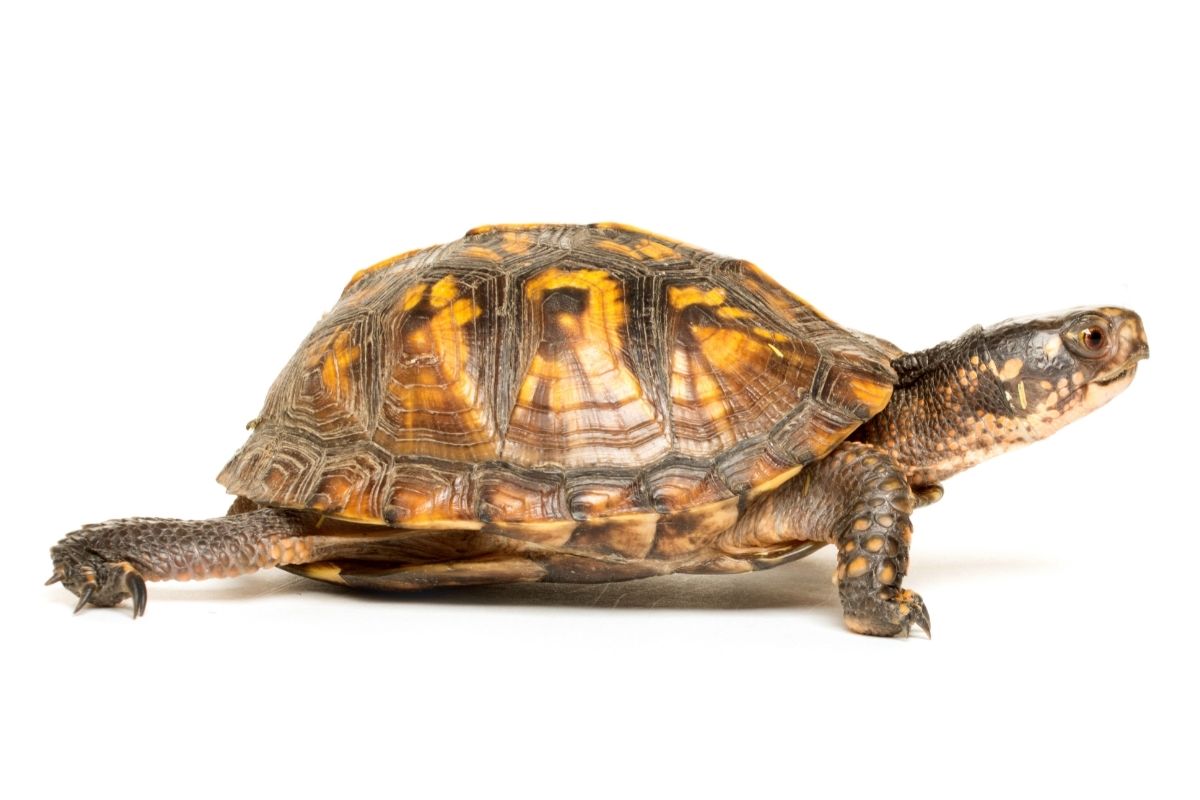
What Is A Box Turtle?
It’s very important that you are getting the right sort of setup for your turtle! Box turtles and aquatic breeds of turtle such as the red-eared slider are very different species and require very different habitats for a happy life!
Box turtles are native to North America. They are omnivorous animals that feed on insects, worms, fruits, vegetables, eggs, and even other reptiles.
Box turtles are very intelligent and social animals. They are also known to be good pets because they are very friendly and curious.
What Should The Perfect Enclosure Have?
An enclosure should provide shelter from predators, food, water, and space to move around freely. The size of the enclosure depends on the species of the animal.
For example, a box turtle enclosure should be large enough to allow them to walk around without bumping into each other if you have more than one, and large enough to prevent them from falling over.
The materials used in making an enclosure depend on the type of animal you’re keeping. If you’re looking at getting a baby, then you will want to make sure it has a safe place to hide when it’s scared or hungry.
A larger enclosure is better suited for older turtles who can handle more freedom.
There are many different types of enclosures available online. You can choose from plastic, wood, metal, glass, and PVC. Plastic and wood enclosures are the most popular because they are easy to clean and maintain.
However, they tend to look less attractive and may not be as sturdy as others. Wood enclosures are usually made with cedar, pine, or redwood.
Let’s list the most important things to include in your box turtle’s enclosure:
A Large Enclosure
This is the first thing you should consider. It needs to be big enough so that your turtle doesn’t get stuck in there. This means that it should be at least 4 feet long by 2 feet wide.
This should be your priority, and you want to make sure you can stretch your budget and space to get the biggest enclosure possible.
Imagine being trapped in a small area for all of your life? Make sure it’s a comfy home for your new buddy!
A glass aquarium can work well, as it keeps humidity and moisture in easily, but you should try to go for a purpose-built terrarium that is both a mix of open habitat and an aquarium.
This will provide enough air circulation without you losing moisture and humidity.
- Reptizoo Glass Door Box Turtle Terrarium – A good choice for those who want easy access for cleaning their tank and interacting with their pet.
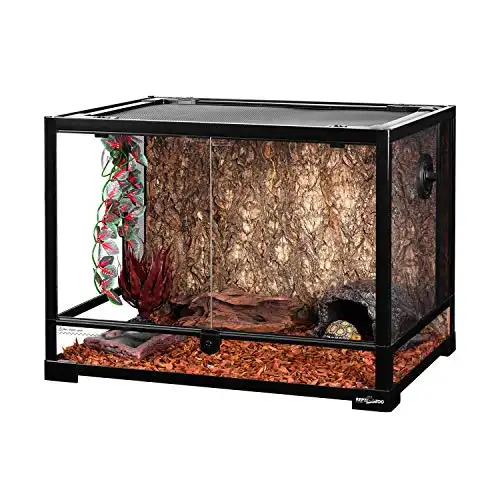
- Reptizoo Box Turtle Terrarium – This one’s a great choice, providing ample space for your reptilian friend.
Substrate For Your Enclosure
Your enclosure should have some kind of substrate to keep your turtle from sliding around.
There are several options out there, but you’ll want something that provides a little bit of traction. Some examples are sand, pebbles, gravel, or moss.
Sand is great because it absorbs any moisture that gets spilled inside the enclosure. Pebbles are great because they absorb moisture and help keep your enclosure dry.
Gravel works best if you live somewhere where it snows often. Moss is a great option because it helps keep your enclosure cool, and also looks nice.
Have a look online and in your local pet stores for a good selection, here are a few of our favorites, however:
- Repti-Bark Forest Floor Substrate – A good, cheap choice that suits nicely.
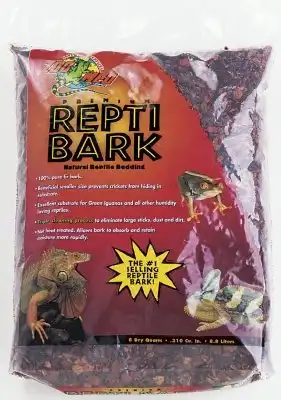
- Babi-Chip Coconut Chippings – Coconut chippings are available from lots of brands and make an ideal choice for reptile substrate.
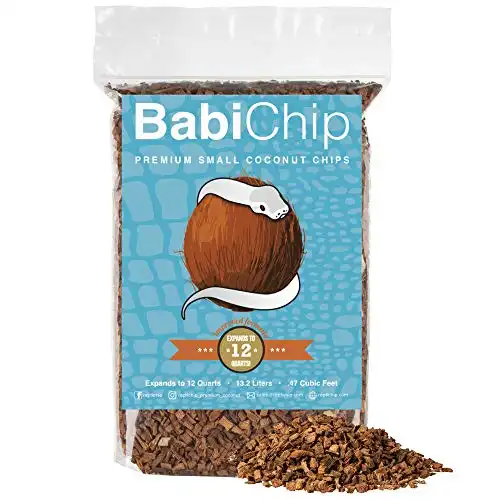
- Reptile Moss – Not only is this a great choice on top of coconut chippings mixed with organic soil, but it also looks great too!
Plants
Your terrarium will need some plants to provide shelter and protection, and they look great as well of course!
You should be very wary, however, as some plants are very toxic to turtles, including but not limited to tomato plants, ivy, potato plants, and rhubarb, so be aware to check before you include them in your enclosure!
Some safe bets are:
- Java Fern
- Anubias Barteri
- Anacharis Bunch
- Waterweed
Again, be super careful about what you are placing in your tank, and whether it is good for your turtle.
If you find that adding live plants is causing algae to bloom in your tank, we recommend you buy a moss ball like this one – Exo Terra Moss Ball to control phosphate in your tank and help to remove algae.
Though you’ll want to be extra sure that your plants are not poisonous, you also probably don’t want your turtles chomping away at edible plants if they are primarily there for the environment and decor factor!
So try choosing plants that are a little less appealing to their appetites — they’ll be getting plenty of tasty and nutritious food from you!
A Water Area
You’ll also need a freshwater area and water bowl for your turtle to drink and bathe in.
Box turtles are primarily land animals but need a good place to soak up the water, and they pop up to a good basking platform to dry off in the heated rays.
The perfect water area should be large enough for them to move around comfortably and should be placed at least 2 inches below the surface of the substrate.
The water area should be kept clean and clear of debris and filled with clean water daily.
Water areas are usually made of plastic, although some people use ceramic tile. If you choose to use a water area, then you’ll want to consider using a filter to ensure that the water quality stays high.
Water filters are available from many different manufacturers and can be found online or in your local pet store.
We recommend using a filter with a carbon element, which will allow you to remove unwanted chemicals from the water. Having a water area is also essential to keep a humid environment for your box turtle.
Here are a few handy water bathing areas to choose from:
- Resin Water Dish – A good-looking choice that will blend into your surroundings, and this one is a great size for your turtle to lounge in.
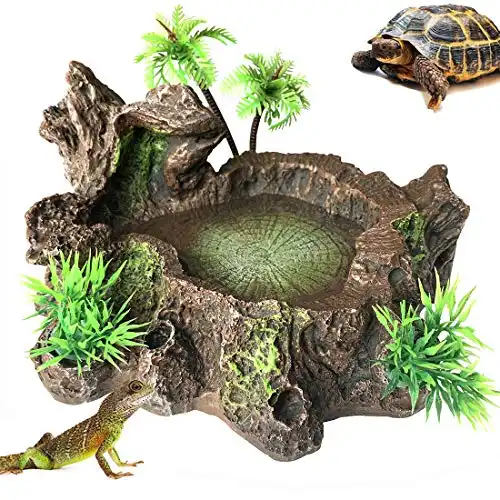
- Repti-Ramp Bowl – Be sure to blend this in with the substrate, so your turtle can easily get out.
Hiding Places
Plants are a good start to provide cover and hiding spots, but having variety in your enclosure will be the best thing for your turtle. Try adding high and low spots to hide out in, such as logs, moss balls, and rock hideaway towers.
You can get these pretty easily from any reptile or pet store, and you must buy ones that are big enough for your turtle to easily maneuver their way in and out of them without any stress or hassle.
The more places your turtle has to hide in, the better because it will give him somewhere to retreat when he feels threatened or stressed.
Heating & Cooling
Turtles have a temperature range of 20°C (68°F) to 30°C (86°F), depending on the species. They prefer temperatures between 25°C (77°F) and 28°C (82°F).
They also need a certain humidity level at all times, which can be hard to maintain in certain environments without the right equipment.
It’s important to not skip out on this step, as different species have different needs of temperature and humidity and this could be the difference between life and death for your precious new friend.
Be sure to purchase a thermometer and hydrometer such as this one – Reptizoo 2 in 1 Thermo-Hydrometer so that you can always be aware of any temperature and humidity changes in your terrarium’s environment.
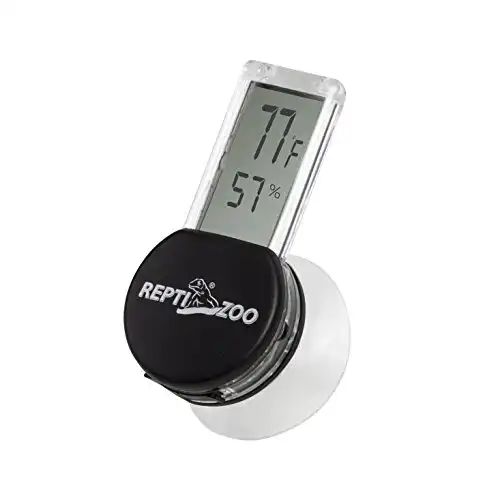
An Indoor Basking Platform
A basking platform, or turtle table, is a flat surface where the reptile can bask in the sun. It helps keep the temperature regulated within the enclosure. This allows the animal to stay warm during cold weather and cool during hot weather.
As long as there is sufficient sunlight, a basking platform or turtle table can be placed anywhere indoors, including on top of bookshelves, tables, windowsills, or any other flat surfaces.
Here are some great recommendations for the ultimate basking platform for your box turtle:
- Floating Turtle Basking Platform – This relatively low-cost platform gives a good base for your turtle to chill out on, and comes in a variety of sizes so you can swap it out as they grow!
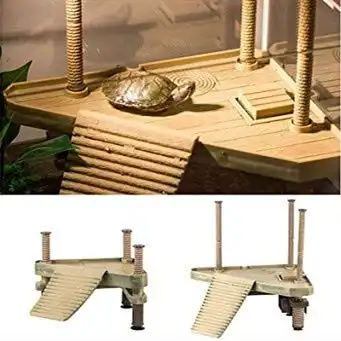
- Rock Sculpture Turtle Basking Platform – If you’re looking for something with a little bit more of a natural vibe, this rock-shaped platform is great for your turtle, it also provides a lot of elevation for them.
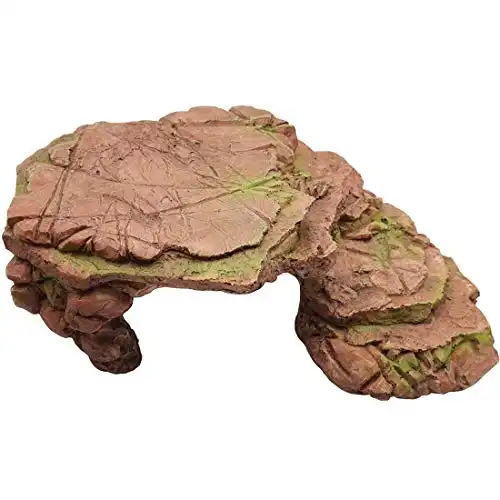
Once you’ve decided on your base, you’ll want to get a good basking light that creates enough heat for your turtle but doesn’t overpower them either. Here are our favorite picks, though there are many available:
- Reptile Heat Lamp – This one comes with extra bulbs which are handy!
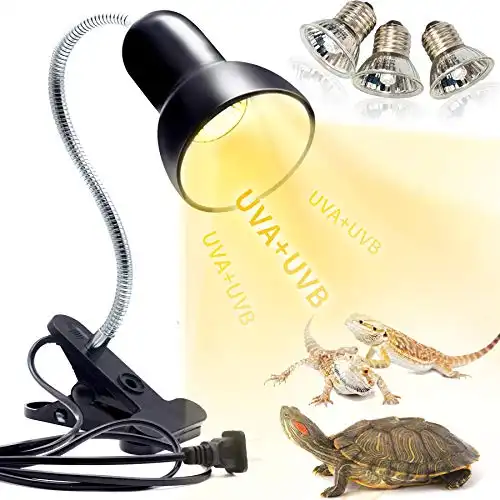
- Fluker’s Clamp Lamp – With a dimmer and a clamp to secure it to your roof or wall of the enclosure, this one from Chewy may be a better choice, depending on your enclosure size.
Turtles need UVB- Light to survive and stay in good health, so be sure you are buying the correct bulbs for your lamps!
How To Set Up An Indoor Box Turtle Terrarium
First, make sure you have all of the things you need from the list above ready to go, before you start setting up, and certainly before you get your box turtle.
Follow these steps and you’ll create the perfect indoor habitat for your pet turtle.
Now that you are ready to go, let’s set this thing up!
Step 1: Cleaning Time
First things first, give all of your new equipment, and especially your tank or terrarium a good clean. You don’t want anything to fall into your newly set up turtle’s enclosure and potentially hurt him/her.
You should remove all decorations, plants, toys, etc., from the enclosure. Make sure everything is cleaned thoroughly. Be careful when cleaning around the glass, as you do not want to scratch it.
After you have thoroughly cleaned the entire enclosure, you will want to use a damp cloth to wipe down the inside of the aquarium.
Be sure to use nontoxic products and use only pet-approved cleaning products, as well as wipe them down thoroughly to remove any dust or debris from storage.
Step 2: Preparing The Flooring And Substrate
Next, you will want to prepare your tank or terrarium. For most tanks, you will want to add substrate (soil) and coconut chippings. This is important because it absorbs moisture, while soil holds onto water.
For larger terrariums, you may want to consider adding a layer of gravel, bark chips, or peat moss on top of this.
Gravel and peat or sphagnum moss act like a sponge, absorbing water and keeping it away from the sides of the terrarium, which can cause condensation and mistiness.
Step 3: Place Your Basking Platform
If you plan on using a floating platform, then you will want to place it where you think it would fit best, and then add some substrate underneath.
Place your basking platform wherever you’d like it to be. Make sure it’s large enough for your turtle to comfortably sit on but small enough that they don’t feel cramped in the enclosure.
Also, make sure it’s high enough that they can easily see over the edge and make their way up and down smoothly.
To keep your turtle safe, you should always put their basking platform at least two inches higher than the highest point of the aquarium. There should always be a good flat rock for basking that is in the direct light of your heat lamp.
Step 4: Add Water & Lighting
Once you’ve prepared your tank or terrarium, you’re ready to add water and lighting.
Fill your terrarium water dish or area with fresh, filtered water. If you are going to use a filter, make sure it has been running for at least 24 hours before filling your terrarium.
Make sure to have a ‘cool side’ and a ‘hot side’ for your terrarium, you don’t want the water too close to your basking rock and heat lamp as this can heat it too much. You want your turtle to be able to cool off when they take a dip.
Put your heat lamp securely in place, making sure it will not fall and injure your pet. Be sure to buy the right UVB bulbs and check they work before bringing your turtle to his new home.
And there you go! Your enclosure is all set up for a box turtle!
Final Thoughts
Your main aim is to try and create an environment that mimics a box turtle’s natural surroundings where it would thrive in the wild – leafy plants, a nice shallow pool, and a predator-free zone where your new pal can bask in the hot sun.
We hope this information will help you to make the most of your turtle’s new home!
